25 dirt-cheap ways to garden organically and save money

Far from being an expensive or exclusive hobby, organic gardening is a brilliant way to buffer the cost-of-living crisis, allowing you to grow fresh, cheap and abundant food close to home, while at the same time nurturing nature.
Number one: grow gourmet greens
Avoid the over-priced bagged salad in the supermarket by growing your own tasty leaves. You can use old boxes, fruit punnets or shopping bags if you don’t have pots. Simply fill an old fruit punnet with peat-free compost and firm. Sprinkle salad seeds thinly on top and cover with a thin layer of compost, ensuring the seeds have good contact with the compost by firming again. Water sparingly and grow on in a cool greenhouse or windowsill. Snip the leaves and they'll regrow. Follow along with our Instagram video here.
Number two: reuse stems for supports
Willow and dogwood have flexible stems, which allow you to bend and manipulate them into all kinds of shapes. We're lucky to have super crafty volunteer Helen on our gardens team, who has created these beautiful sculptures and arches for climbing plants, and edging, using renewable materials.
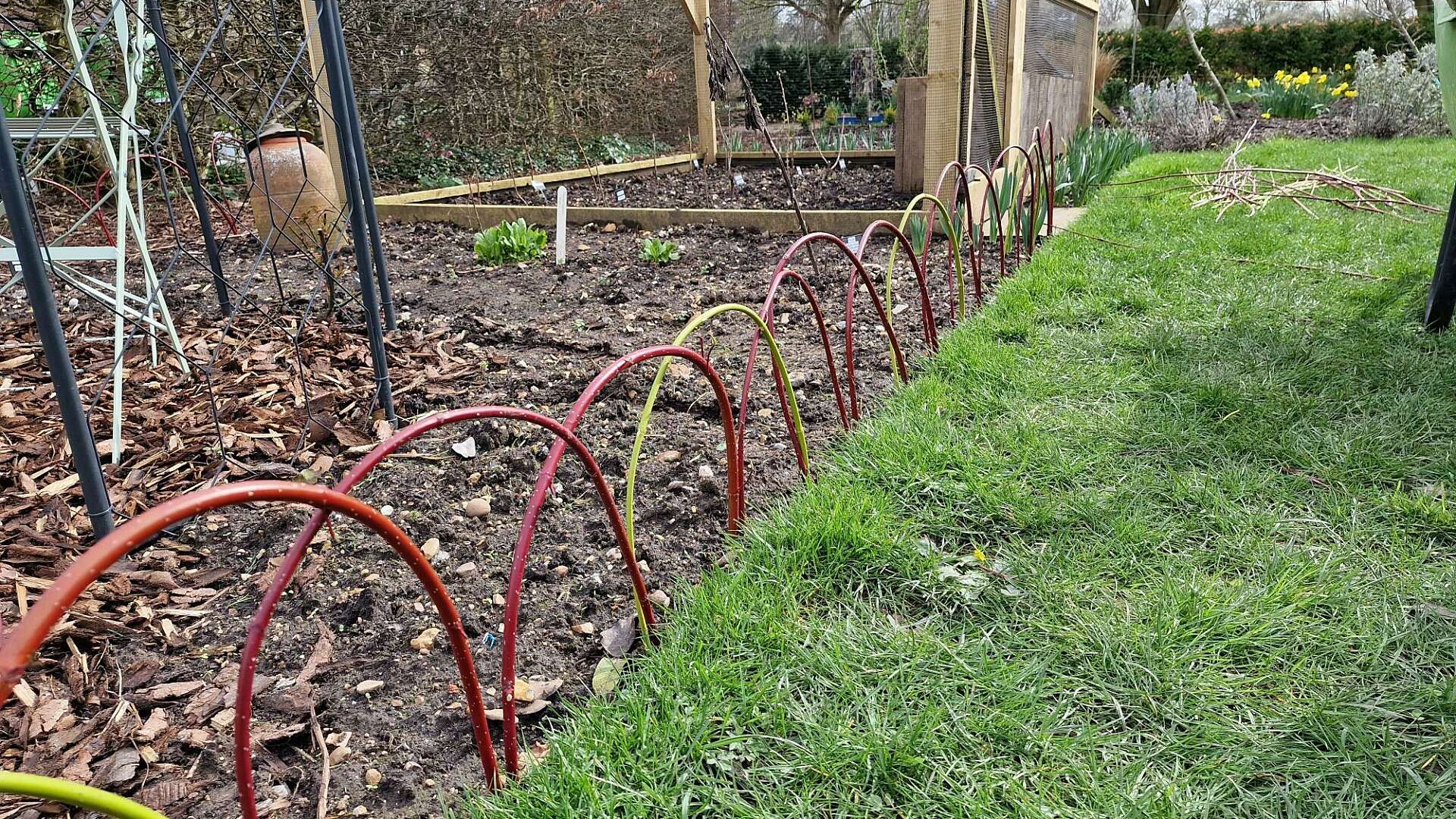
Number three: make new strawberry plants
It's easy to make new strawberry plants for free! Find an allotment neighbour or friend who has a strawberry patch and ask if you can snip their strawberry runners. These are the baby plants that are still attached to the parent by a runner (or stem). Cut and pot up into peat-free compost and when they've rooted they're ready to be planted into a container or in the ground. Our head gardener Emma shows you how via our Instagram video.
Number four: reuse pallets
Pallets, old shelving and reclaimed wood are cheap and eco-friendly ways to build planters for vegetables, compost heaps and even ponds.
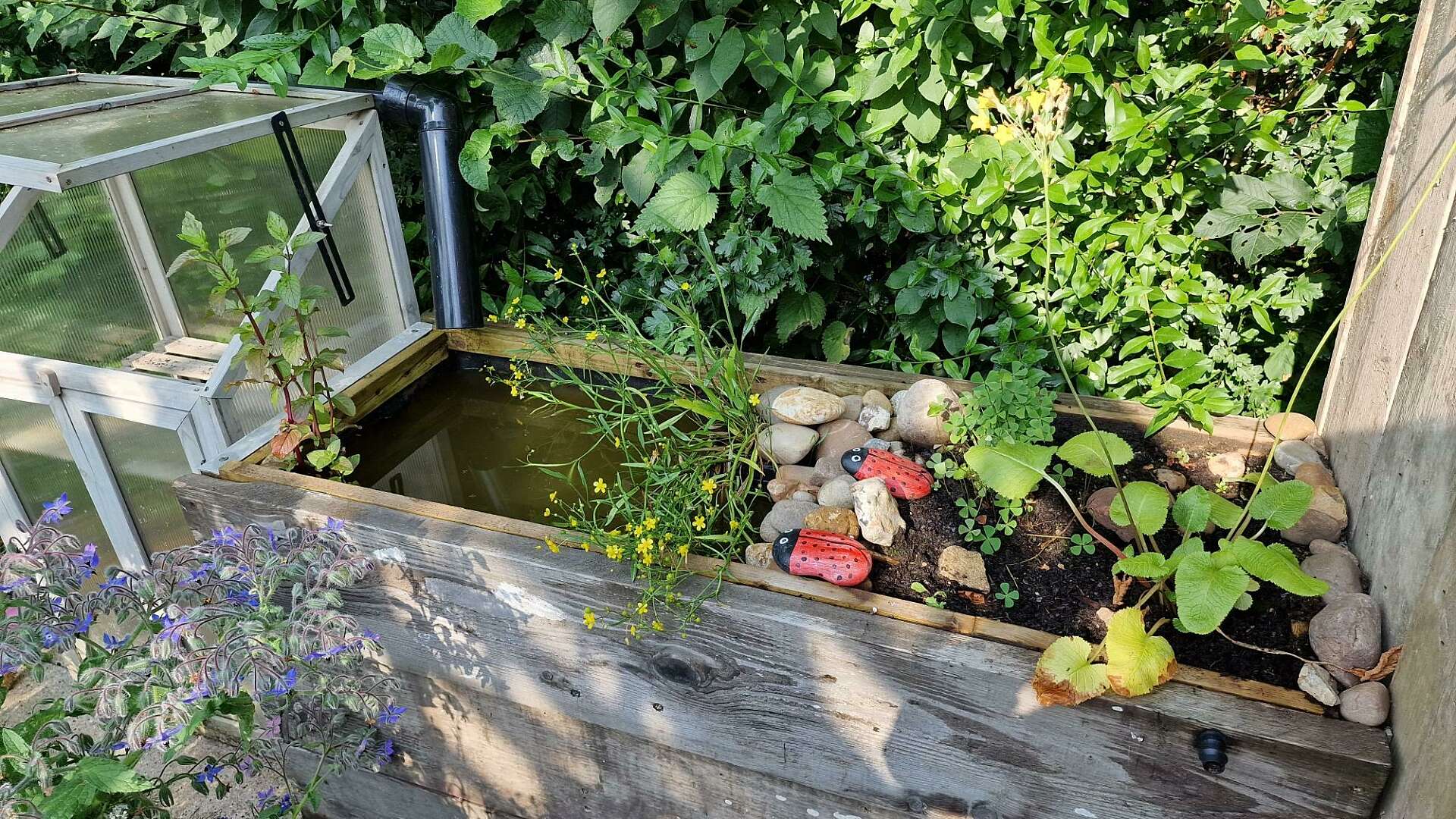
Number five: preserve your harvest
Preserver, author and teacher Pam Corbin - or Pam the Jam - shows you how to save money and preserve your harvest with a yummy recipe for courgette chutney.
Makes 4 x 340g jars
1kg courgettes
2tbsp salt
2 onions
2-3 cloves garlic
1 red chilli
1tbsp coriander seeds
1tbsp cumin seeds
40g ginger
100ml sunflower oil
1tbsp black mustard seed
1tbsp ground turmeric
300ml cider vinegar
150g soft brown sugar
1. Rinse the courgettes & trim the stalks. Cut into chunks. Place in a large bowl, sprinkle with salt to coat, & cover with a piece of baking parchment and a plate. Leave the salt for at least 2 hours to draw out the moisture. Rinse, drain, & dry with kitchen paper.
2. Blitz the onion, garlic, chilli & ginger in a food processor with 50ml oil.
3. Toast the coriander & cumin seeds for 2–3 minutes in a dry frying pan until fragrant. Remove from the heat and pound to a coarse powder.
4. Heat the remaining oil in a large heavy-based pan. Sprinkle in the mustard seeds & cook for a few minutes until they pop, then stir in the pounded spices, & cook for another minute or so.
5. Add the onion paste & cook for 5 minutes, stirring frequently, before finally adding the courgettes, the vinegar & the sugar. Stir until the sugar has dissolved & everything is well combined.
6. Cook over a gentle heat for 40 minutes until the liquid has reduced & the chutney is nicely thick, stirring from time to time.
7. Sterilise your jars & twist-on lids. Spoon the chutney into the jars, using the back of a spoon to tease out any air pockets, then seal immediately. Leave for 2–3 weeks so the flavours to mingle & mellow. Store in a cool, dry, dark place for up to a year. Once opened, keep in fridge & use within 3–4 months.
Number six: save water
Saving water in the garden can save you money on your water bills - and help save the planet! Head to our Watering Guide to find advice and tips on collecting and conserving. Go to our Watering Guide to find out more.
Number seven: take cuttings from herbs
Perennial herbs such as thyme, rosemary and sage will survive the winter but will stop growing outdoors, so bring container-grown plants into a greenhouse or coldframe so you can continue to pick. Or hang bunches to dry indoors. You can also make more plants for next year by taking semi-ripe cuttings now from non-flowering stems. Do it first thing the morning, and pop the cutting in a bag if not potting up straight away. Cut a 10cm length, under a node. Strip the lower leaves and pop in a pot of gritty compost with a plastic bag on top, secured with an elastic band. Once it has rooted, take the bag off. Our head gardener Emma shows you how in her Instagram video.
Number eight: make your own spice
Allow some of your herb plants, such as coriander, fennel and mustard to flower so you can let the seedheads ripen. Once they're crisp and brown, simply tip the entire seedhead into a bag and give it a shake. The aromatic seeds are fantastic in pickles, preserves, and flavouring meat and fish. Or why not try a homemade curry powder?
Kitchen gardener Rekha Mistry shows you how to use coriander seeds in her fragrant recipe:
3tbsp coriander seeds
1tbsp cumin seeds
1tbsp black peppercorns
1tbsp turmeric powder
1tbsp white mustard seeds
1tsp chilli flakes
5 cloves
Small stick of cinnamon
1/4tsp cardamom seeds
1. Heat a dry, heavy bottomed pan and add all the above ingredients except the chilli flakes, tossing all the time to stop the ingredients from catching.
2. Turn the heat off when you hear a few ingredients starting to ‘pop’.
3. Add the chilli flakes and keep stirring until all the ingredients have absorbed all the heat and the pan feels cool to touch.
4. Place the ingredients in a blender, a little at a time, and ‘pulse’ every few seconds until a fine powder is achieved.
5. Place the powder in a bowl so it can ‘cool down’.
6. Store in an airtight jar and use as-and-when required.
Find this and more delicious recipes for your homegrown produce at rekhagardenkitchen.com.
Number nine: grow a green manure
Grow your own living mulch and you can save on bagged soil conditioners. Green manures such as ryegrass, phacelia and field beans can be sown in the later summer and autumn and improve and protect your soil and suppress weeds - with very little outlay. All you need is a packet of seeds! Find out more about how to grow them here.

Number ten: grow new houseplants
Grow new houseplants for free by taking cuttings, dividing plants or rooting stems in water. Our head of organic horticulture, Chris Collins, shows you how via his YouTube tutorial.
Number eleven: make paper pots
This is a great way to save buying new pots and plan ahead for spring sowings. They're also perfect for sowing sweet peas in October. Sow one per pot and grow on in a cool but frost-free greenhouse or windowsill. When they're 10cm tall, pinch out the growing tips to produce bushy plants. Fragrant sweet peas are loved by pollinators. Find out how via our YouTube video.
Number twelve: save flower seeds
Save flower seeds such as calendula, love-in-the-mist, cornflower and poppy for free plants next year. Chris Collins shows you how easy it is in his handy blog.
Number thirteen: Make new herb plants
Divide and take cuttings from your herbs to create more plants. Read more in our Wicked Leeks article here.
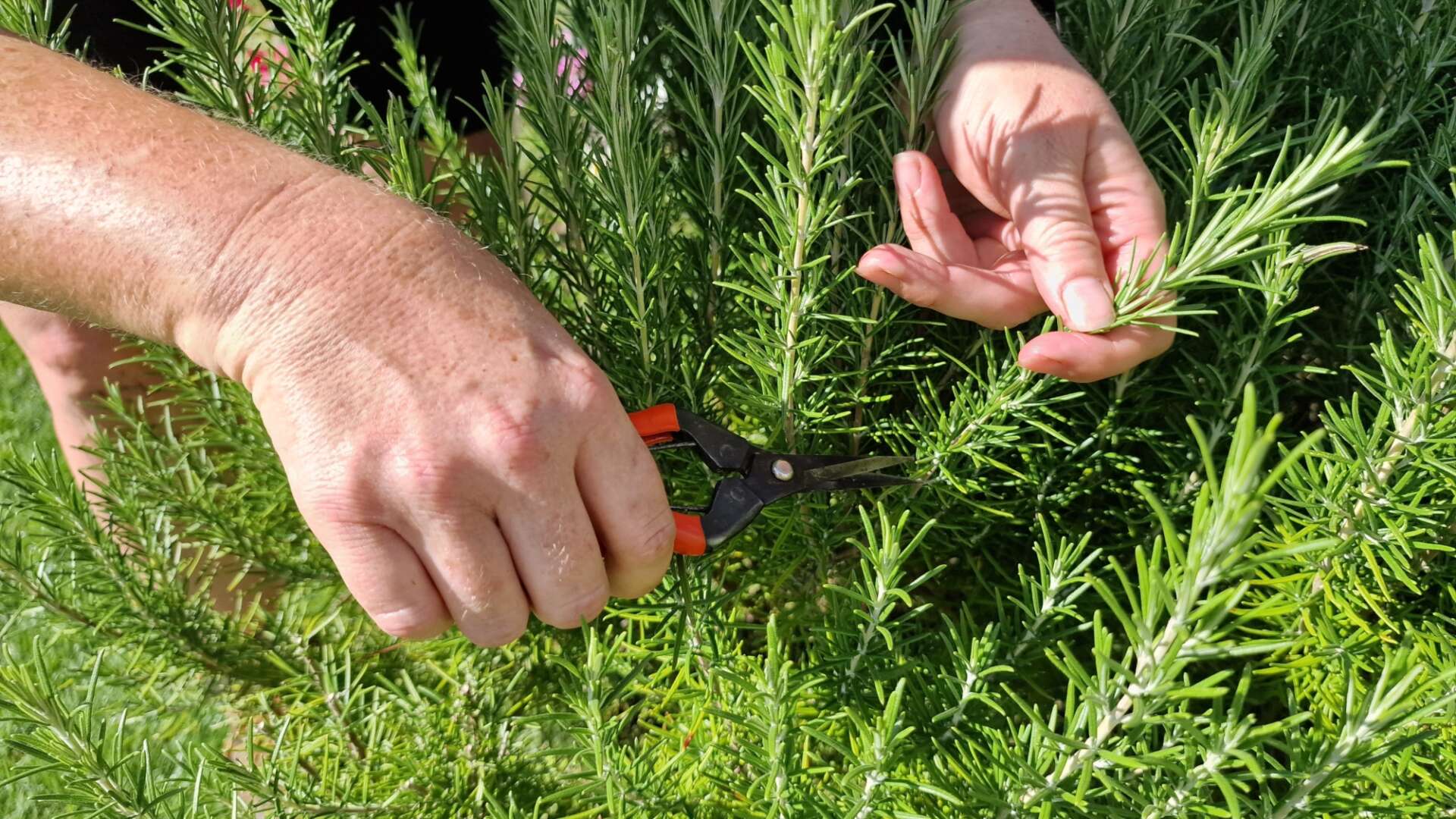
Number fourteen: learn to grow your own veg
Our Expert Advice hub is a one-stop resource for growing delicious organic vegetables, fruit and cut flowers - which will save you money on your supermarket and garden centre shop.
Number fifteen: make homemade liquid plant food
Make homemade liquid feed from nettles or comfrey leaves before they go over - and prepare ahead for spring. Head to our Comfrey guide to find out how to use this amazing plant, and what to do.
Number sixteen: save tomato seeds
Saving your own seeds is a cheap and easy way to create more of the veg you love. And a great place to start is tomato seeds. Head to our seed saving pages, or watch our Instagram video.
Number seventeen: make homemade container compost
Got containers to refill or top up? Swap shop-bought bagged compost for homemade, and you can guarantee where it has come from, and save money. Follow our container compost recipe:
Ingredients
1 part leafmould
3 parts loam (garden soil)
1 part homemade compost
Method
Combine ingredients.
Mix carefully, breaking up any large lumps.
Find more peat-free advice via our For Peat's Sake hub.
Number eighteen: save old seeds
Don't throw away your old seeds! With proper care and appropriate storage, your seeds could last up to 10 years. Here's our full list of optimum storage times, in years:
Shark Fin Melon 10
Melon 10
Cucumber 10
Mustard 8
Cress (garden) 8
Broccoli 8
Brussels Sprout 8
Cabbage 8
Cauliflower 8
Kohl Rabi 8
Kale 8
Lettuce 7
Swede 7
Tomato 7
Turnip 7
Radish 7
Pea 5
Pepper 5
Runner Bean 5
Amaranth 5
Aubergine 5
Broad Bean 5
Chop Suey Greens 5
Squash 5
Watercress 5
Celeriac 5
Celery 5
Achocha 4
Beetroot 4
Chard 4
Dudi 4
French Bean 4
Sorrel 4
Lablab 3
Leek 3
Maize/Sweetcorn 3
Onion 3
Spinach 3
Carrot 2
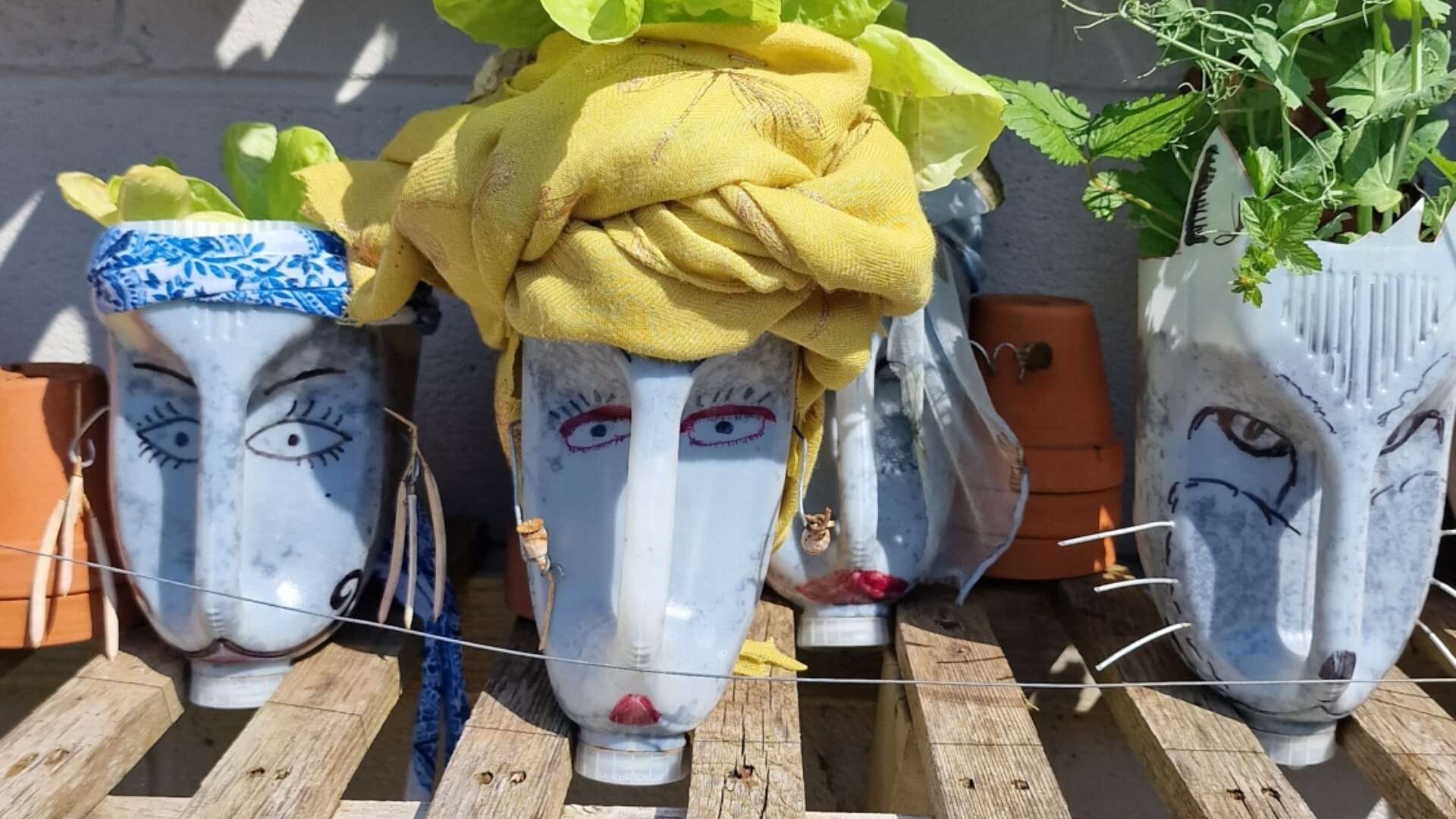
Number nineteen: Reuse large plastic bottles as homemade planters
It's easy to recycle plastic bottles into containers for veg. These veg-heads (above) are decorated and filled with vegetable seed for homegrown hair! Simply, cut the top off a bottle, punch holes in the lid for drainage and decorate. It’s a lovely project to do with children and saves money on expensive garden containers. Keep them somewhere shaded so they don’t dry out.
Number twenty: make bird food
You don't need to buy food for wildlife. Save money, plastic packaging and food miles with these free food ideas for birds this autumn:
1. Leave windfall apples or put out apples that are no longer good for eating. Fallen fruits are loved by late-season butterflies too.
2. Leftover scraps. Safe things include hard cheese, stale bread, peas and plain cooked pasta.
3. Seedheads. Leave the heads on flowers such as sunflowers and teasels. They're a favourite of goldfinches.
Number twenty-one: grow your own garlic
Garlic bulbs can be expensive in the shops, but one clove will grow multiple bulbs so it's well worth adding this pungent allium to your veg patch. Autumn is a great time to plant, simple split the bulbs into cloves and inset into the ground so just the tip points out. A period of cold helps with bulb formation. Our head gardener Emma shows you how to do it in her Instagram video.
Number twenty-two: try trench composting
Recycling your kitchen vegetable waste by putting it into a trench or pit is an easy and cheap way to add nutrients to your soil over autumn and winter. Dig a trench one spade wide and one spade deep (approx 30 x 30cm) and fill with alternating layers of veg scraps, eggshells, garden materials and garden soil. When full, cover with the remaining soil and leave to settle for one to two months before sowing or planting. This system is ideal for growing hungry crops such as runner beans and courgettes the following year. Find out more about how you can compost at home via our Compost Hub.
Number twenty-three: grow food from scraps
Recycle your vegetable tops and bottoms by growing them for flavoursome leaves. It’s a great project for kids, reduces waste and saves money on compost! Place the flat end of your leftover vegetable in a shallow water dish and watch it regrow. Try carrot and turnips tops and the bases of lettuce, celery and onion. Change the water regularly, and once they grow, snip the green shoots into stocks, stir-fries and soups or toss them in a vinaigrette.
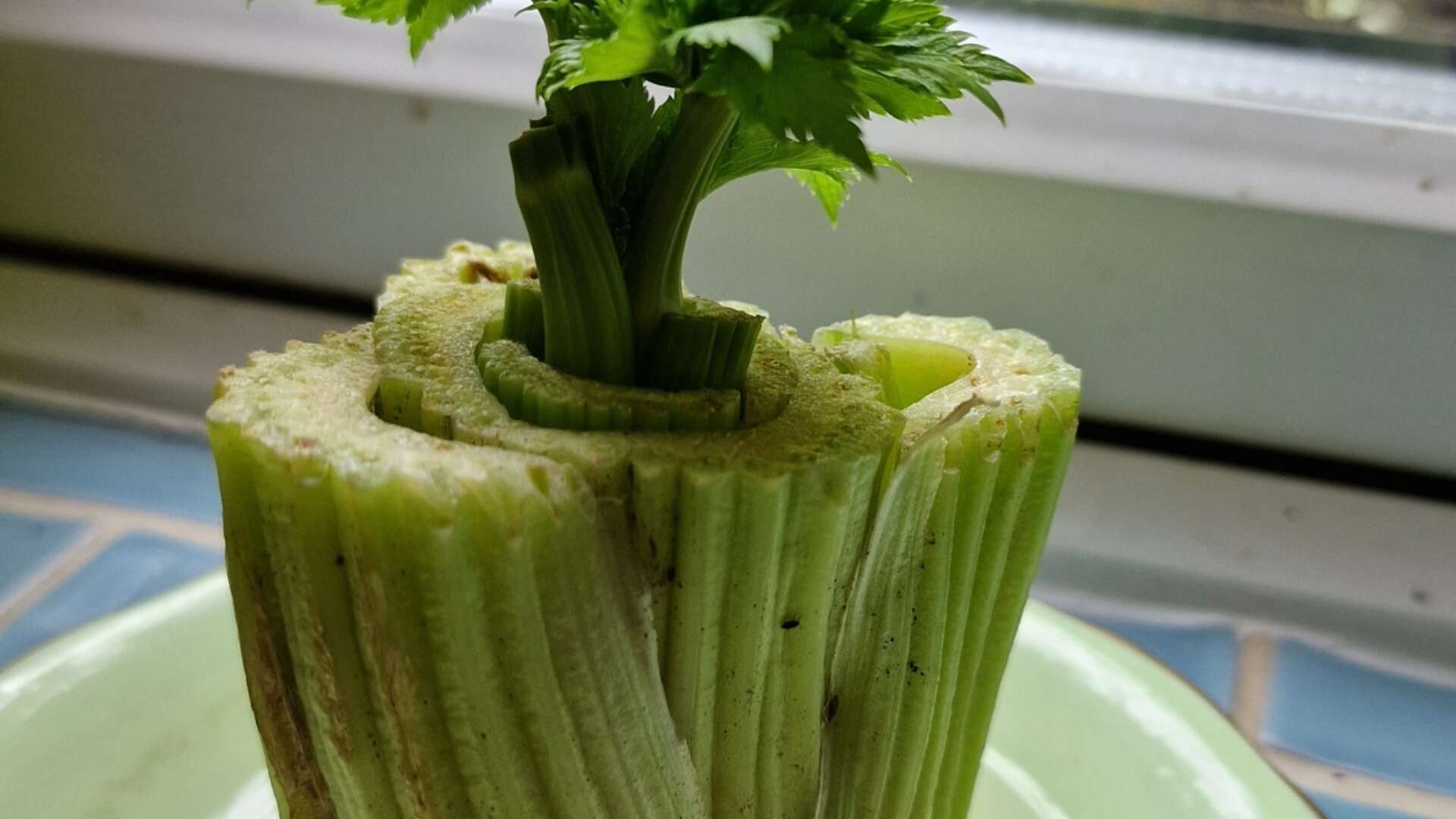
Number twenty-four: make some simple swaps
Want to become more eco-friendly in your garden but don't know where to start? In her English Garden article in September, our head gardener Emma shares simple swaps for Organic September to help you make your garden more sustainable and wildlife friendly.
Number twenty-five: Reuse your plant labels
Reuse old plastic labels by rubbing off the writing with an alcohol rub - and make new ones by recycling lollipop sticks or old cutlery. You can also cut milk cartons into arrow shapes for waterproof labels. Follow our Instagram video for a step-by-step guide.